Burrito trucks are usually characterized by bright paint jobs, with traditional Mexican patterns and eye-catching brand logos painted on the body, warm lighting and open kitchen design, creating a warm atmosphere. The top of the truck is often equipped with an awning or neon sign, which is more lively when lit at night. Although the space inside the truck is limited, the layout is compact, the ingredients are displayed in an orderly manner, and the workbench is clean and tidy, conveying the Mexican people’s love and ingenuity for food.

Core Features
1.Authentic flavor, flexible customization
- The food truck focuses on classic Mexican street food, such as tacos, burritos, carnitas, guacamole, etc. The ingredients are fresh and the sauce recipes are traditional. Customers can choose meat (beef, chicken, pork or vegetarian), side dishes (onions, cilantro, peppers) and sauces (hot sauce, sour cream) according to their tastes and enjoy a personalized customization experience.
2.High cost performance and convenience
- Compared with traditional restaurants, food trucks are affordable, and single servings are usually between $5 and $10. It has strong mobility and can quickly respond to changes in traffic. It is often seen in office areas, music festivals, sports events or night markets, making it an ideal choice for fast-paced life.
3.Cultural experience and community connection
- Mexican burrito food trucks are not only a carrier of food, but also a window for cultural communication. Operators often create an immersive experience through music, decorations or interactive activities to attract diners from different backgrounds and become a link for community cultural exchanges.
Internal equipment
1.Cooking area
- Equipped with commercial grills, frying pans, and deep fryers for grilling meats, frying tortillas, and making fried foods (such as nachos). Some food trucks use charcoal grills to add a smoky flavor.
2.Food preparation area
- Refrigerators store fresh meats, vegetables, and dairy products; cutting tables are equipped with knives, cutting boards, and spice jars to ensure that ingredients are cut and used immediately.
3.Sauce and side dishes area
- Transparent storage jars display a variety of sauces (such as salsa, sour cream), and side dishes (such as chopped lettuce, tomatoes, and onions) are pre-packaged for quick assembly.
4.Ordering and cash register system
- Open windows facilitate customer ordering, equipped with POS machines or mobile payment terminals, supporting cash and electronic payments. Some food trucks use digital menus to improve ordering efficiency.
5.Hygiene and safety facilities
- Food trucks must meet local hygiene standards and be equipped with sinks, disinfection equipment, and garbage sorting containers to ensure food safety.
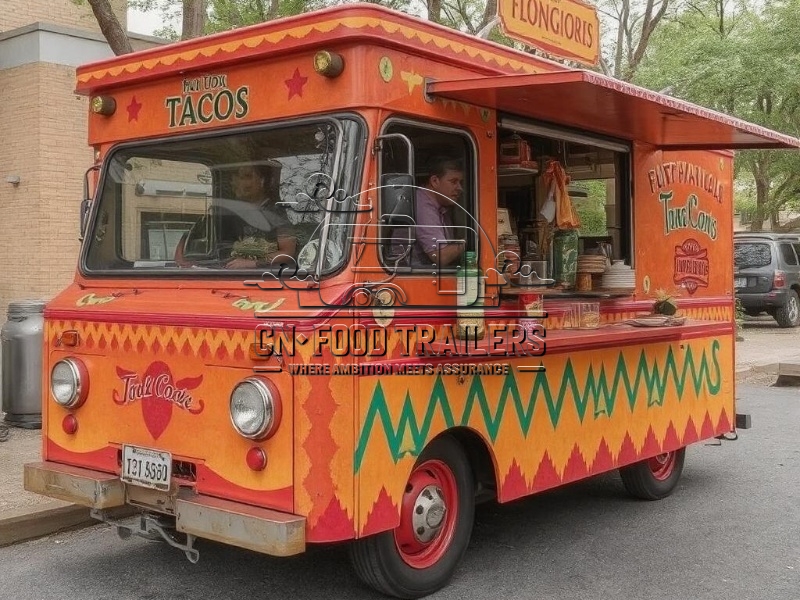
Application
1.Urban streets and communities
- Food trucks are often parked around commercial areas, schools or parks to meet the daily needs of office workers, students and families. Their flexible mobility allows them to quickly adapt to changes in passenger flow in different areas.
2.Events and festivals
- Large-scale events such as music festivals, sports events, and food festivals are prime scenes for food trucks. For example, during the South by Southwest (SXSW) music festival in the United States, burrito food trucks became a popular choice for participants to replenish energy.
3.Brand cooperation and customized services
- Some food trucks cooperate with beer brands and music labels to launch joint meals or theme activities. In addition, companies can rent food trucks to provide employee meals or event catering to enhance brand affinity.
4.Globalization trend
- Burrito food trucks have expanded from North America to Europe, Asia and other places. For example, they can be seen in cities such as London and Tokyo, becoming a carrier for international food culture exchanges.


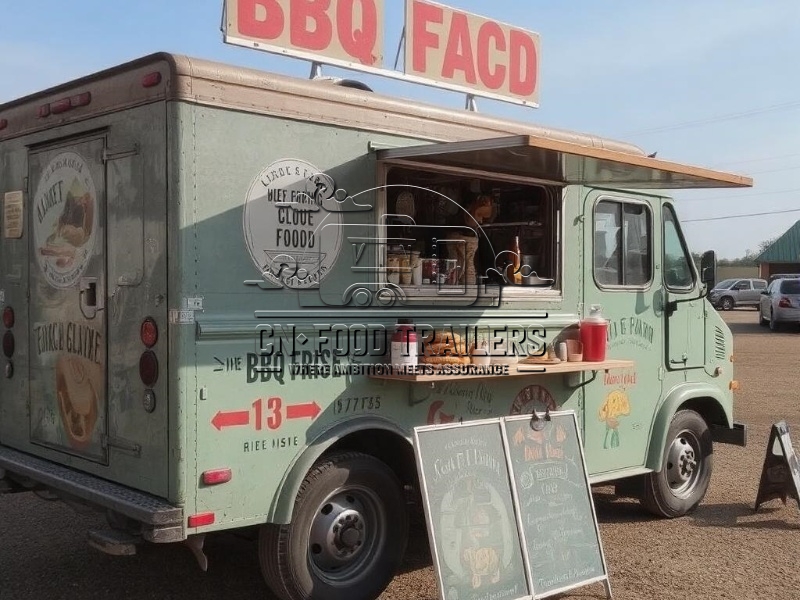
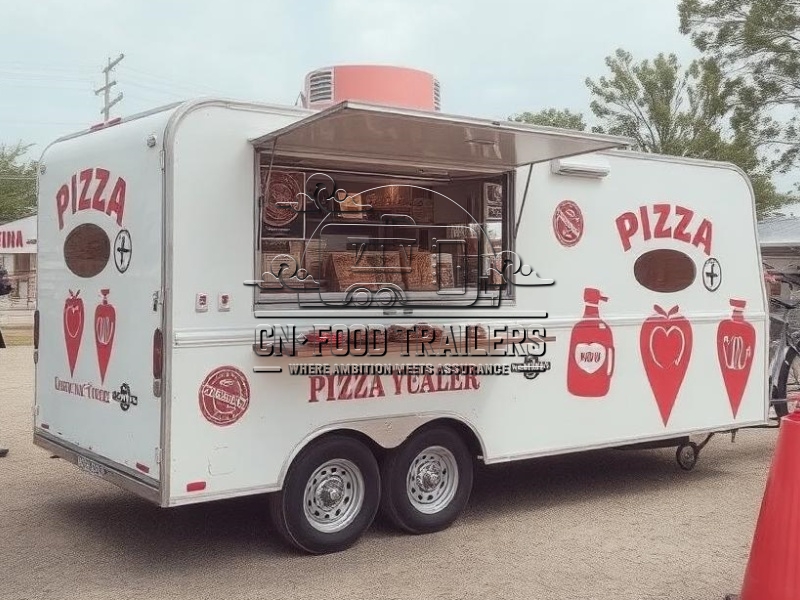
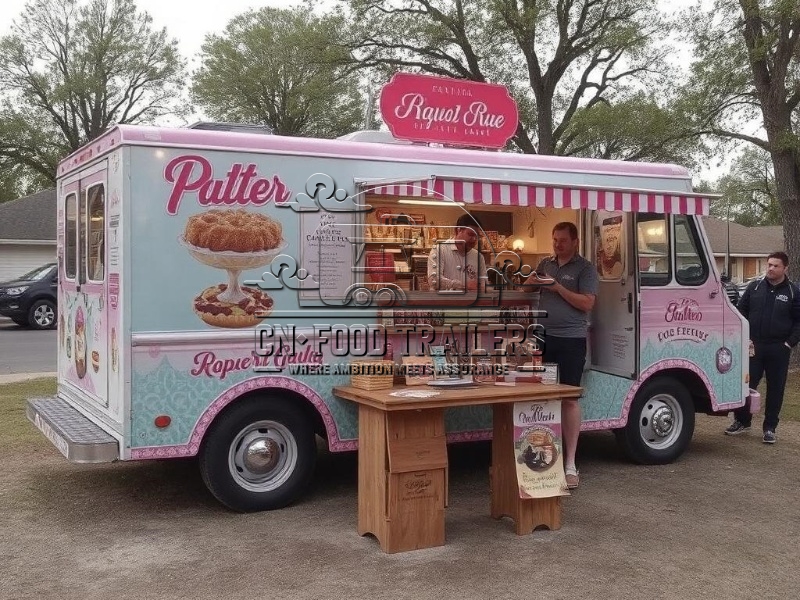
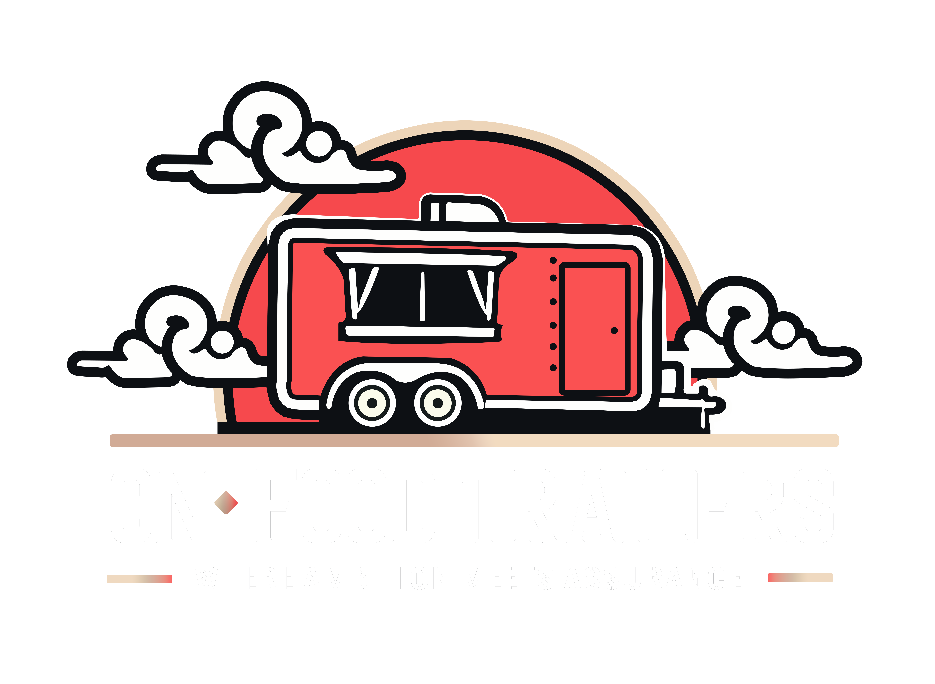
Leave A Comment